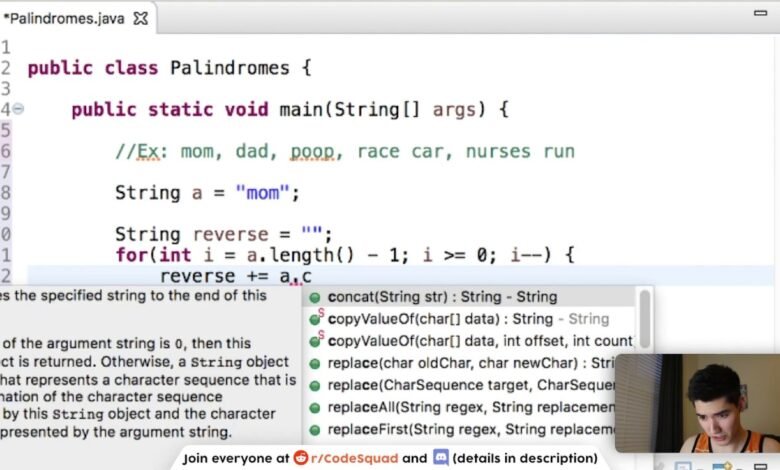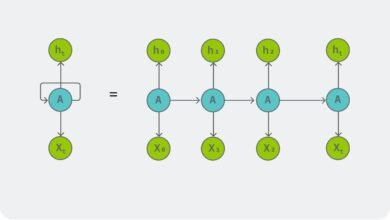Palindrome Program in Java — A Clear Guide (with Examples)

Introduction
A palindrome is a sequence that reads the same forward and backward. Examples: "madam", "racecar", and numeric palindromes like 121 or 1331. Palindromes are a common exercise for beginners learning string handling, loops, and algorithms. In Java, you can check palindromes in several ways: reversing and comparing, two-pointer checking, recursion, or numeric reversal for integers. Below are explanations and practical Java programs you can copy, run, and adapt.
Why learn palindrome checks?
-
Teaches string manipulation and indexing.
-
Introduces two-pointer technique (important for many algorithms).
-
Encourages thinking about edge cases (case, spaces, punctuation, negative numbers).
-
Useful in interview practice and small utilities (e.g., validating symmetric data).
Key approaches (high level)
-
Reverse and compare — reverse the string and compare with original. Easy and readable.
-
Two-pointer — compare characters from both ends moving inward; more memory-efficient.
-
Numeric reverse — for integers, reverse digits and compare (watch overflow and negatives).
-
Ignoring non-alphanumeric + case-insensitive checks — common in real problems (like palindrome phrases).
Example 1 — Palindrome Program (String) — two methods
Method A: Using StringBuilder.reverse() (simple)
Notes:
-
We
cleanedthe string to remove non-alphanumeric characters and lowercase it before checking, so"Racecar"and"step on no pets"will be treated as palindromes. -
This method uses extra memory for the reversed string (O(n) space).
Method B: Two-pointer (no extra string)
Notes:
-
Two-pointer is O(n) time and O(1) extra space.
-
We skip non-alphanumeric characters and do case-insensitive comparison.
Example 2 — Palindrome Program (Integer)
For integers, you can reverse digits or compare digit-by-digit from ends. Reversing risks overflow for very large integers, so we can reverse only until the halfway point.
Why this works: The loop builds the reversed lower half of the number. When the original x becomes less than or equal to reverted, we have processed half (or half+1) of the digits. This avoids overflow and is O(log10(n)) time.
Complexity summary
-
String reverse & compare: Time O(n), Space O(n) (due to reversed string).
-
Two-pointer string: Time O(n), Space O(1) (ignoring input).
-
Integer half-reverse: Time O(d) where d = number of digits (≈O(log n)), Space O(1).
Common pitfalls & tips
-
Case sensitivity: Convert to lower/upper case if you want case-insensitive checks.
-
Spaces and punctuation: Use
replaceAll("[^A-Za-z0-9]", "")or two-pointer skipping to ignore non-alphanumerics. -
Negative numbers: Conventionally not palindromes because of
-sign. -
Leading zeros:
010as string can be palindrome, but as integer10is not. -
Integer overflow: Don’t fully reverse huge integers into another
int—use the half-reverse trick or uselongwith care. -
Unicode: If handling non-ASCII text, consider using
intcode points rather thancharand be careful with normalization.
Testing suggestions
Try these tests:
-
Simple:
"madam","hello". -
Case:
"RaceCar". -
Phrases:
"A man, a plan, a canal: Panama". -
Numbers:
121,-121,10,12321. -
Edge cases: empty string
""(decide whether to treat as palindrome), single-character strings, very long strings.
Conclusion
A palindrome program in Java is an excellent exercise for learning string handling and algorithmic thinking. For most purposes, the two-pointer string method is efficient and simple; for integers, the half-reverse technique is safe and avoids overflow. Start with the straightforward StringBuilder.reverse() approach to understand the idea, then move to two-pointer or numeric half-reverse for better space efficiency and interview-style solutions.



